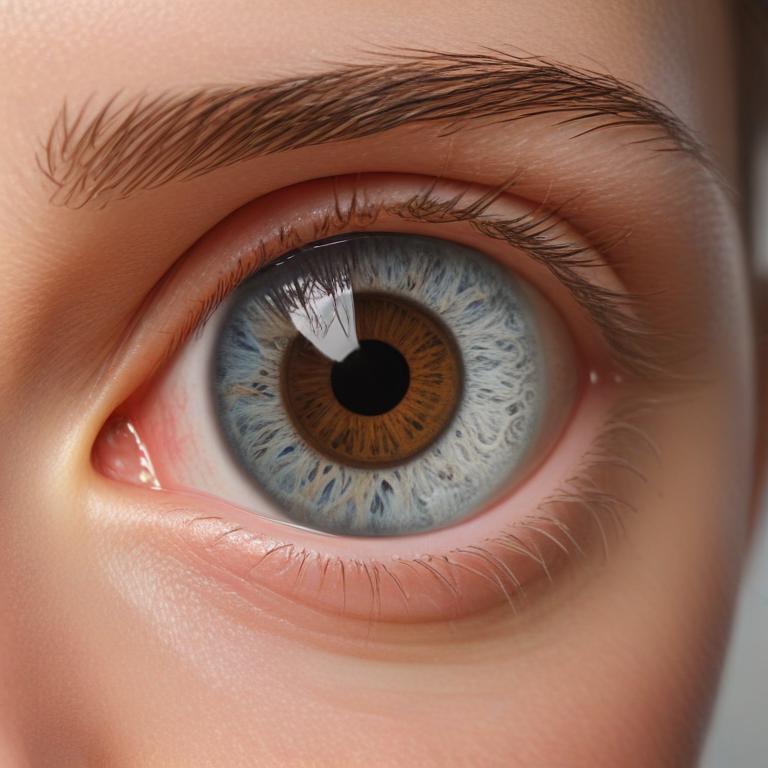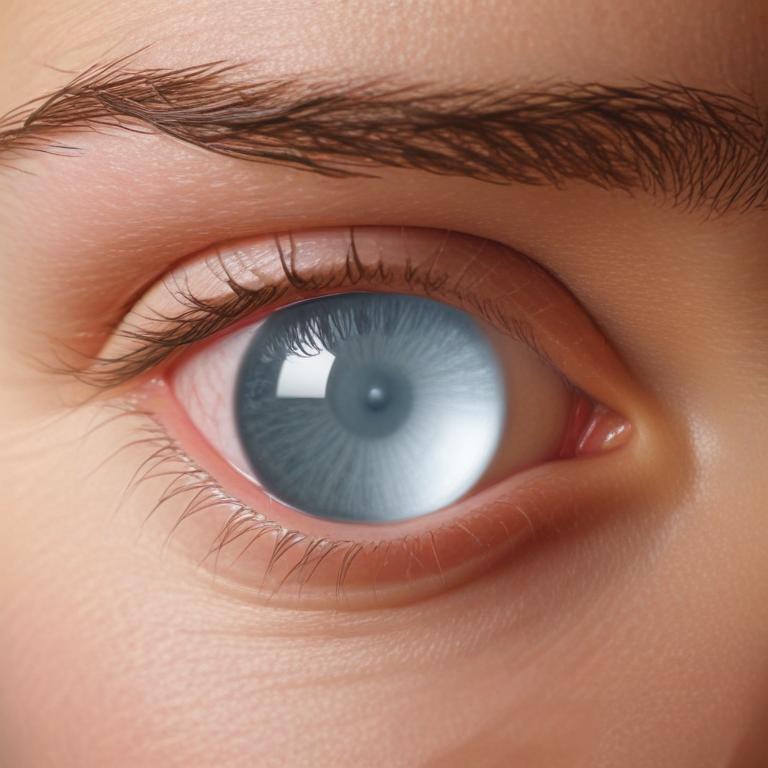发音 (Pronunciation):
IPA: /sæd/
中文近似: 塞德
中文意思与词性 (Meanings & Part of Speech):
- 悲伤的,难过的 (adj.)
- 令人遗憾的,令人惋惜的 (adj.)
例句 (Examples):
1. She felt sad when she heard the news.
(当她听到这个消息时感到很难过。)
2. It's sad to see the old building destroyed.
(看到那座老建筑被拆除真让人惋惜。)
用法提示 (Usage Tip):
sad 通常只用来表达情绪或情感,表示“难过、悲伤”,不能用来形容“令人感动”的意思。另外,sad 不等同于 upset(难过或烦恼),后者更偏向“烦躁、心烦”。
更多关于 "sad" (More about "sad")
单词来源 (Etymology)
“sad” 源自古英语单词 sæd,原意为“满足的”,后来词义演变为“沉重的心情”,最终变为现在的“悲伤”的意思。
词根词缀解析 (Root & Affix Analysis)
sad 是一个基础词,没有常见的词根或词缀构成,词形简短易记。
“sad”的字母与词根个性化解读
字母象形/引申义 (个性化参考)
- 字母 's' 的象形或引申含义可能包括: 水波纹/走路痕迹 (S象形); 吐气轻细咝 -> 说话 (拟声); 音变: S=C=Z=TH=X。
- 字母 'a' 的象形或引申含义可能包括: 牛角 (象形: 牛头, 力量, 能力); 下面宽上面尖 (形状) -> 延伸, 远处, 高处, 方向, 指示。
- 字母 'd' 的象形或引申含义可能包括: 门 (象形); 向下 (门引申); 牙 (嘴的门); 音变: D=T=S=TH。
学习提示:以上针对单词 sad 的字母和词根解读,主要基于提供的特定象形及词根资料。这些提示旨在启发联想,而非绝对定论。更通用的记忆规则和原则请参考首页。英语词源复杂多变,实际应用中请结合更全面的词源词典和语言学知识进行深入学习。
常用词组 (Common Phrases)
- feel sad: 感到难过
- sad story: 悲伤的故事
其他语言 (Other Languages)
- 德语: traurig
- 法语: triste
字母整体创意联想
单词 sad,就像一个人(s)低着头,一滴眼泪(a)掉下来,最后跌坐在地上(d)表现非常悲伤的样子。
逐字母创意解读
中文谐音助记
“sad” 谐音“塞的”,可以联想:伤心的事塞满我的心,让我很难过。
相关电影/名言
"I'm not sad, I'm just disappointed."
(我并不悲伤,我只是失望。)
- 《成长教育》(2009)
趣味知识/故事
有趣的是,“sad” 最初在英语中并不表示悲伤,而是指“满足”或“饱满”。直到中世纪,词义才逐渐过渡到我们现在熟悉的“悲伤”,这在英语词汇演变中十分典型。
拓展信息
sad 主要用于描述人的情感、表情、气氛等,常与 about, that 等连用。
在非正式英语中,sad 还可以用来形容某事很差劲,如“That's a sad excuse.” 表示“这是个蹩脚的借口”。
注意 sad 和 unhappy 均可表示“悲伤”,但 unhappy 强调“不幸福、不快乐”,sad 更侧重于“当下的难过”。
网络参考 (More about "sad" from the Web)
SAD Definition & Meaning - Merriam-Webster
Learn the meaning, synonyms, examples, and history of the word sad, which can describe a feeling, a color, or a condition. Find out how to use sad in a sentence and how it differs from related words like gloomy or depressed.
Seasonal affective disorder (SAD) - Symptoms & causes - Mayo Clinic
Seasonal affective disorder (SAD) is a type of depression that's related to changes in seasons — SAD begins and ends at about the same times every year. If you're like most people with SAD, your symptoms start in the fall and continue into the winter months, sapping your energy and making you feel moody.
Seasonal Affective Disorder - National Institute of Mental Health (NIMH)
Learn about SAD, a type of depression that occurs when the seasons change. Find out the signs, symptoms, causes, and treatments of winter- and summer-pattern SAD.
更多图片 (sad More Images)

